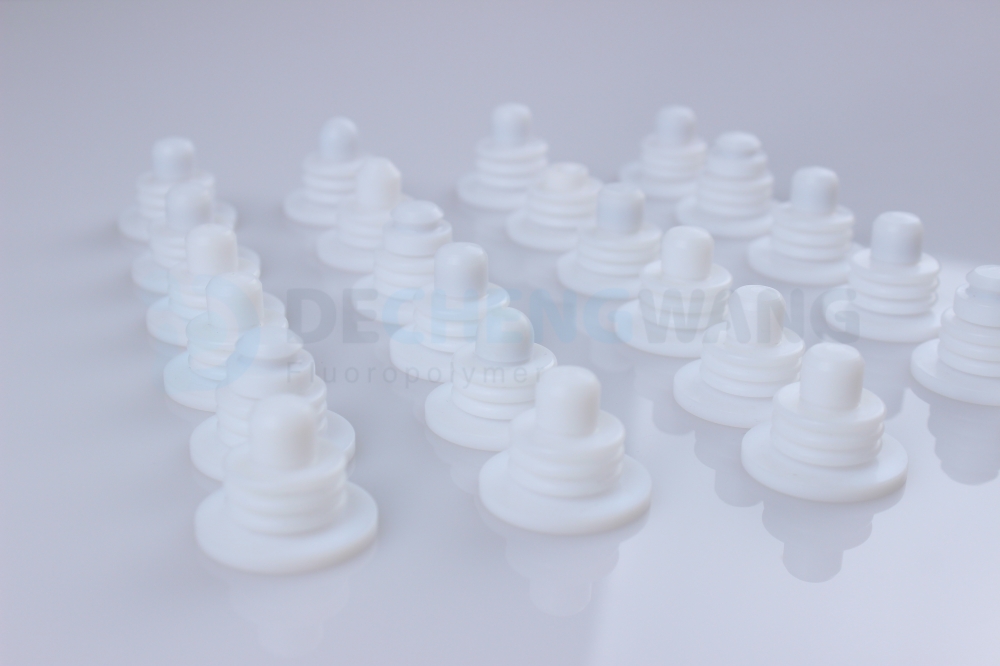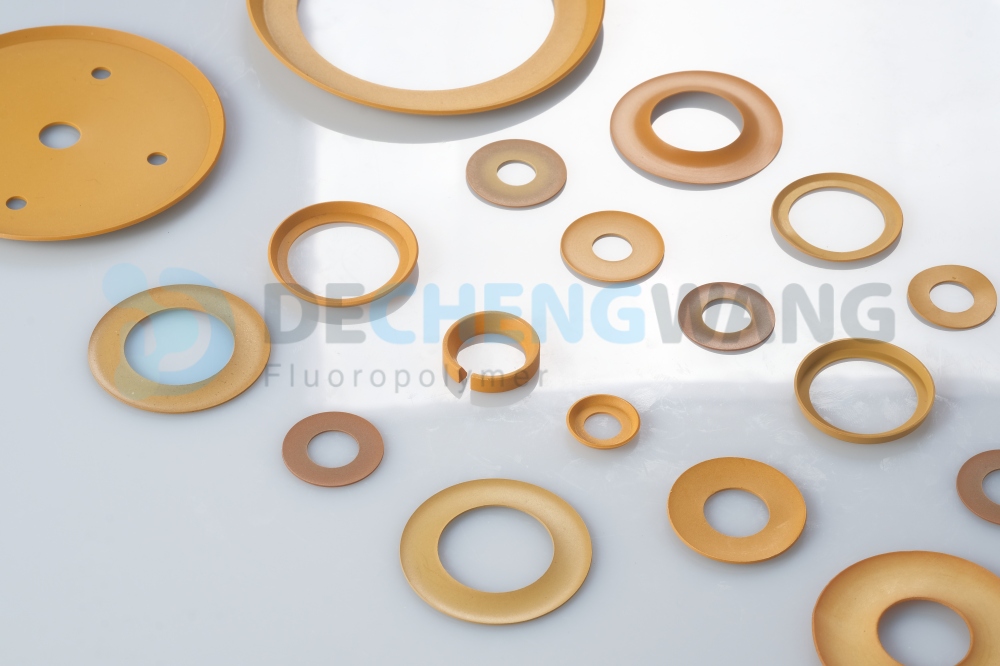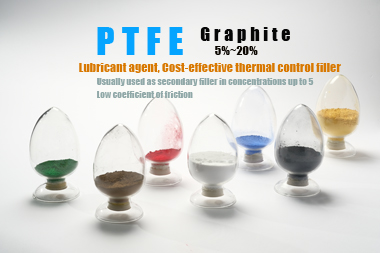Plastics and polymers are used widely in all industries. In recent years, many polymers and plastics have been developed to suit the demands of different industries. A popular type of plastic in the past decade is low-temperature plastic – highly useful in cryogenic applications, this variety of plastic does not undergo any changes even in extremely low temperatures.
In the article, we list out the best 5 cold temperature plastics, including PTFE and PFA, that are perfect for various applications.
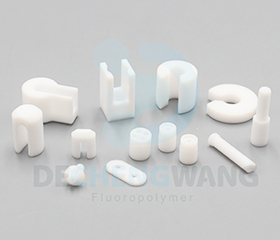
The Best 5 Types of Low-Temperature Plastics
Many low-temperature thermoplastic and plastic varieties are used for making appliances and essential components used in low-temperature settings. This is because thermoplastics like PTFE have a broad working temperature range and serve well in extremely high and low temperatures.
PTFE
Polytetrafluoroethylene, more commonly known as Teflon, is a low temp thermoplastic – it is a fluoropolymer that has a working temperature range from almost -250℃ to 250℃. This makes PTFE a perfect choice for use in low-temperature settings. Not only does the thermoplastic perform well in extreme temperatures, but it also has excellent electrical and chemical resistant properties.
PTFE is used for making seals, O-rings, and a variety of other essential components that are used in various industries.
Due to its ability to perform well even in cryogenic conditions, PTFE is used for the manufacturing of many appliances like microscopy components, pharmaceutical apparatus, food processing pipes, and tubes among others.
PFA
Perfluoroalkoxy plastic operates well in both high-temperature and low-temperature environments – the service temperature range of the low-temperature thermoplastic is from around -260℃ to 260℃. Other important characteristics of the fluoropolymer are its inertness to chemicals and its excellent creep resistance.
One special feature of PFA is that it has better mechanical properties compared to the majority of fluoropolymers. This also makes PFA a reliable low temp plastic for a wide range of applications in pharmaceutical and semiconductor industries.
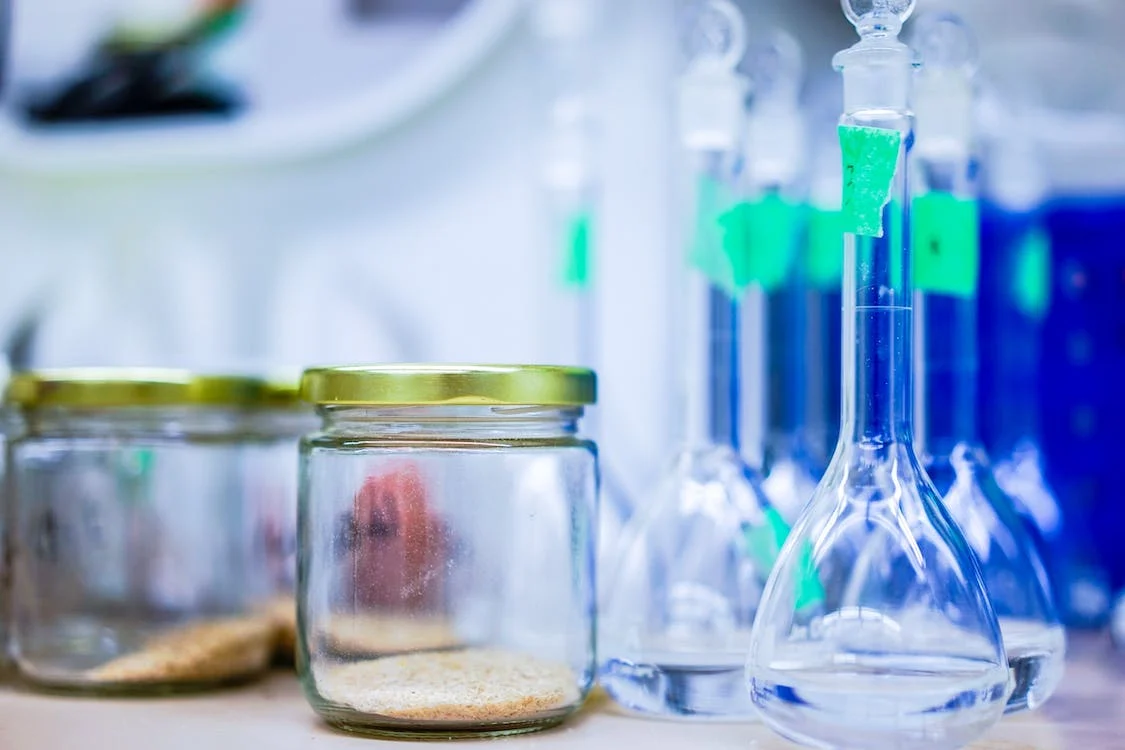
PVC
While Polyvinyl Chloride (PVC) usually works well in normal temperatures, a special variant of PVC called Flexible PVC has a broad working temperature range. Flexible PVC works well in temperatures ranging from -60℃ to 105℃. Just like PVC, Flexible PVC also finds many applications across industries because of its thermal stability.
This material is a common choice for manufacturing seals and gaskets that are used in chemical plants and oil and gas industries. Flexible PVC is also used for making industrial piping and belts.
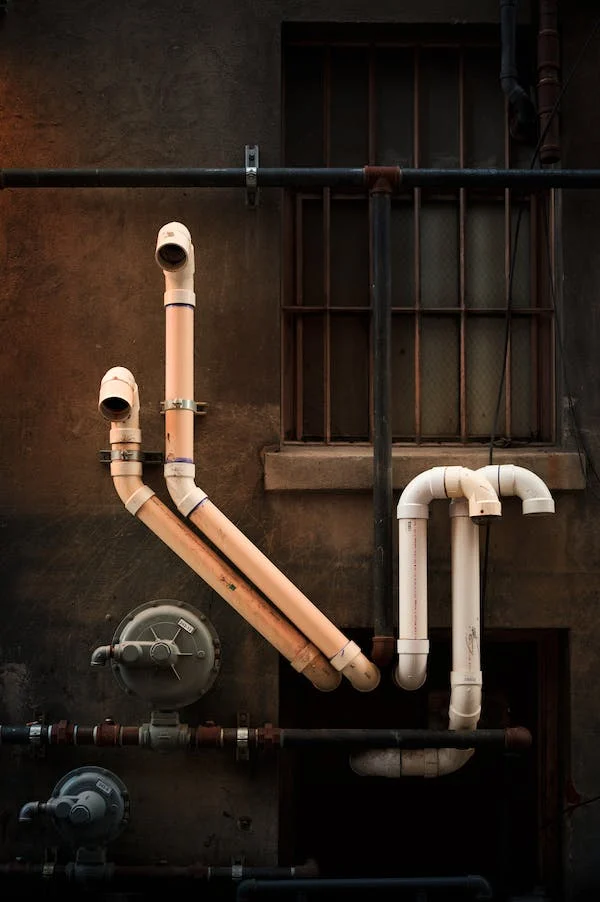
PE
Polyethylene is manufactured in many variants, and depending on the variant, the working temperature range varies too. For example, Ultra High Molecular Weight PE, commonly known as PE-UHMW, is one of the variants with the broadest working temperature ranges among the variants. PE-UHMW can operate well in temperatures as low as -200℃.
PE-UHMW is a low temp plastic that is used for the manufacturing of packaging machinery parts, conveyor belts, pile guards, and specifically snow plow blades.
ABS
Acrylonitrile Butadiene Styrene (ABS) is a combination of 3 monomers – a low temp thermoplastic, it operates great in low temperatures up to -20℃. The thermoplastic is also resistant to chemicals and has a smooth finish. It is also quite rigid and has great impact resistance and strength. The plastic’s easy nature to weld makes it easy for molding into different appliances.
Most commonly, ABS is used in the refrigeration industry and electrical industry. Apart from this, this plastic is also used for making pipes and fittings that are used in a variety of fields.
Applications of Low-Temperature Plastics
Many industries need low-temperature plastic components that can withstand extreme temperatures and still perform optimally. In such industries, cold-temperature plastics find a great number of applications.
Cold Storage and Refrigeration
One of the main applications of cold-temperature plastics is in the refrigeration industry. In the manufacturing of appliances and components used in refrigerators and freezers, a wide range of low-temperature thermoplastic varieties are used. As low-temperature plastics operate efficiently in temperatures as low as -200°C, they are very useful in this industry.
For example, PE and ABS are two of the major types of plastics used in parts of refrigerators. Similarly, other low temp plastic varieties are also used in cold storage applications to prevent brittle.
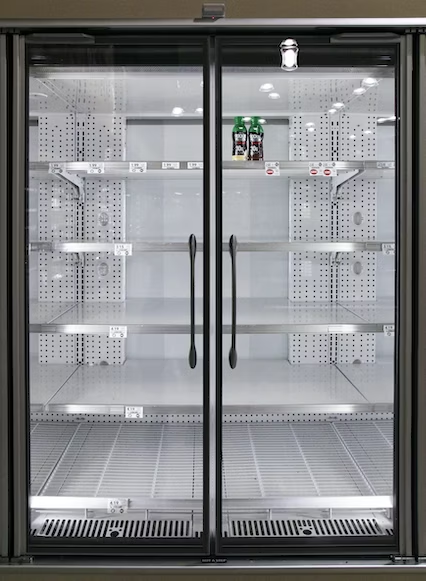
Electrical and Electronics
When it comes to electrical and electronic industries, the need for thermoplastics that operate well in extreme temperatures has been rising. Low-temperature thermoplastic and plastic types are widely used in these industries, mainly for their insulation properties. But in certain situations, they are also preferred for their low-temperature characteristics.
PTFE and PFA materials are widely used for insulating wires and cables. These thermoplastics are also found in semiconductor industries because they stay stable in varying temperatures and do not carry any metal ions.
Outdoor Infrastructure
For pipes and shafts that are found outdoors, low-temperature plastic options serve as a great choice. This is because, in regions where temperatures drop below 0°C, pipelines made of suitable cold-temperature plastics will perform well and will not hinder water flow.
The same applies to sewage systems – if the pipelines get damaged in extreme temperatures, it would be tough to find replacements. Low-temperature thermoplastic types like PFA, PTFE, and PVC do not become brittle – they retain their properties even in biting cold temperatures.
Sports and Recreation
For sports and recreation activities that involve low-temperature environments, like snowboarding, and skiing, the sporting goods must be compatible with extreme temperatures. Some materials get brittle and break in the cold while others become spongy and lose rigidity. This is why it is advised to use sports goods manufactured from low temp thermoplastic options.
Get PTFE/PFA Components for Cryogenic Applications
Looking for the most essential industrial components made of low-temperature plastic varieties? Dechengwang is your perfect partner to find the best fluoropolymer industrial components! We offer a wide range of industrial parts and semi-finished products widely used across many industries.
Comprehensive Product Range
Dechengwang offers a comprehensive range of industrial components like bellows, seals, O-rings, labware, and more. Clients can choose the right type of products made from many fluoropolymer options like PTFE, PFA, and PVDF – all our products are guaranteed for lasting usage and resistance to many factors like chemicals and biological fluids.
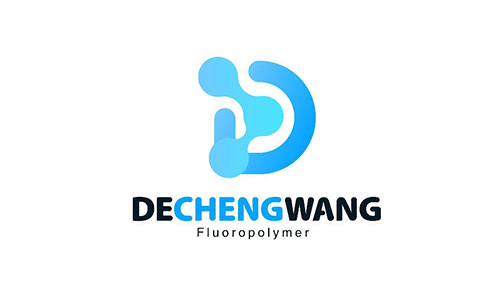
Quality Control and Testing
All our high-quality raw materials are sourced from reliable suppliers – the compounds are put through excessive analyses to ensure 100% purity. All our finished products go through many rounds of quality inspection – this is how we ensure perfect quality even during mass production.
Conclusion
Instead of using low-grade plastics, it is advised to opt for high-quality, low-temperature thermoplastics when it comes to low-temperature and cryogenic applications. Find the best components for your project with Dechengwang and ensure smooth processing. Contact us today to know more about the materials we use and our product ranges. Get an instant quote immediately and begin your successful enterprise!

